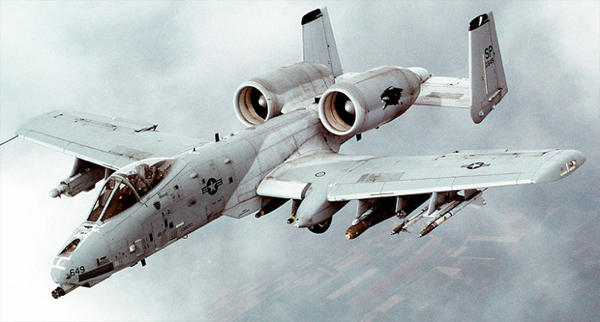The Pentagon is famous for overpriced and underperforming weapons systems. There was a hilarious film about it with Carey Elwes as an Air Force Lt. Colonel serving as a Pentagon watchdog and Kelsey Grammar as the program manager for the Bradley Fighting Vehicle.
Caspar Weinberger: Please be seated. This will be brief, as I’m needed at the Oval Office. I’d like to call your attention to this morning’s New York Times. If you’ll turn to the editorial page? It essentially says that every weapon we produce is an over-priced piece of junk. Now, that’s not news, critics have said it for years. What was news to me touched on our supposedly “spectacular” Sergeant York Anti-Aircraft Gun. It says there that when the Sergeant York proved incapable of hitting airplanes, we test-fired it at hovering helicopters. When it failed to hit hovering helicopters, we test-fired it at stationary targets, and it missed those. Now is this possible, General Keane?
General Keane: There was a problem with the proximity fusing.
Caspar Weinberger: According to this, one missile locked on to a ventilation fan in the latrine, and destroyed the latrine! Were we test-firing at latrines that day?
The film was an amusing inside look at how large programs are run at the Pentagon. It was based on a true story, too.

What the film shows is how so many of the decisions around big weapons systems are based on the politics of Capitol Hill. The current aircraft conflict is no different. And it’s costing us a fortune.
According to the Federation of American Scientists, an average A-10 cost $13 million in 1994 dollars, when production was at its peak; at the same time, the F-35 program, which hadn’t yet built a single jet, already cost between $28 and $38 million per jet. (More recently, investigators pegged the F-35’s cost as closer to $110 million to $150 million per plane, not including weapons systems, which cost another $184 million per unit [PDF]. In other words, the cost of one F-35 is roughly twice what the federal government spends on NPR and Planned Parenthood in a year. And the military wants roughly 2,500 of these planes.)
Twice the cost of NPR? Twice the cost of Planned Parenthood??? WTF????
The real driver in this decision is political: A relatively cheap and low-tech aircraft doesn’t help the Air Force justify
huge future budgets; the luxury price tag of the F-35 does. And Congress wants the F-35, like, really bad. So bad that “budget hawk” congressmen like John Boehner were stepping over each other to get funding for an alternative engine the plane doesn’t even need.
Our national priorities catastrophically screwed up. How can we possibly justify this weapons system when we’re facing such challenging economic times?


You do not retire a weapon system before you have a replacement fully operational and capable of handling the mission of the old system